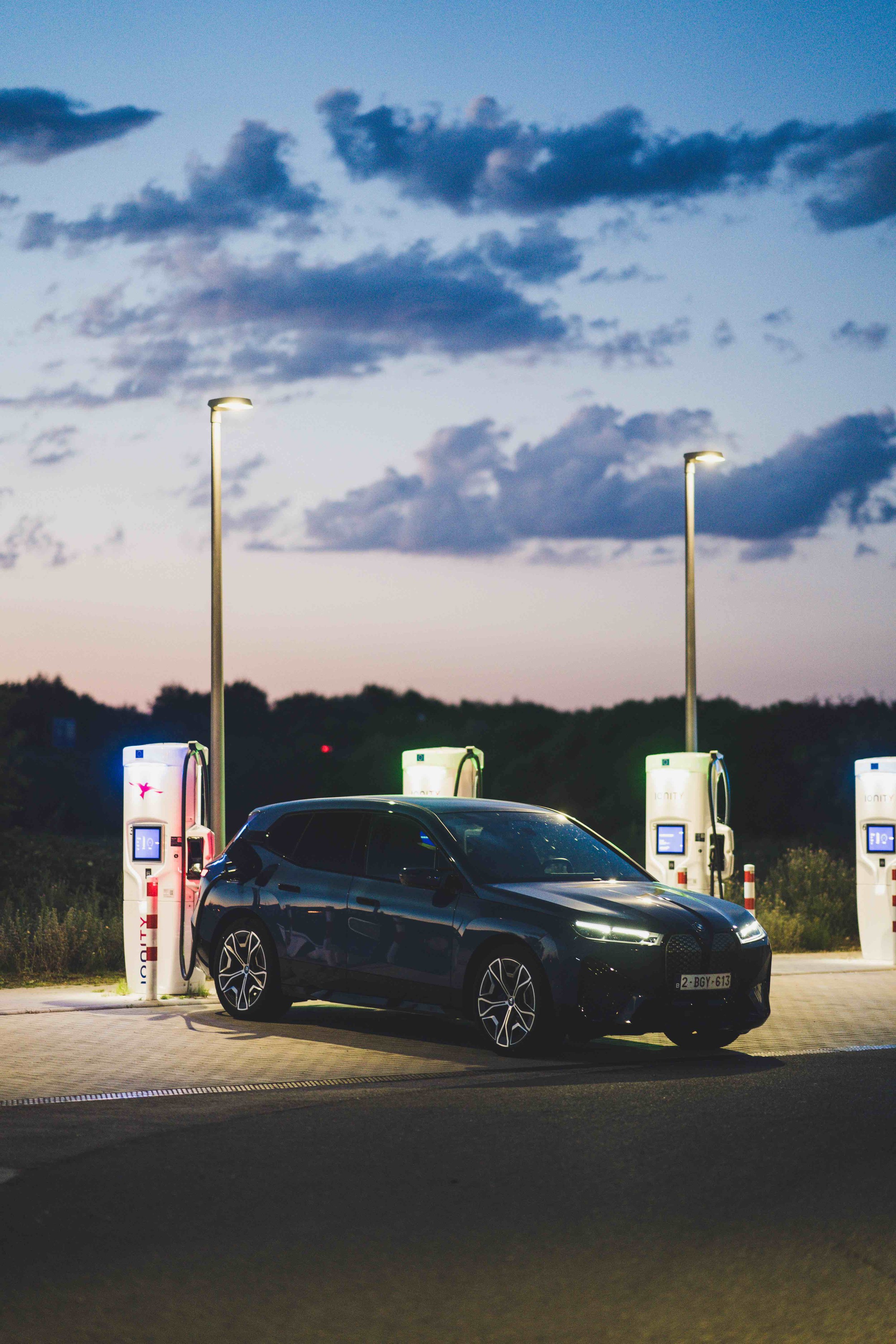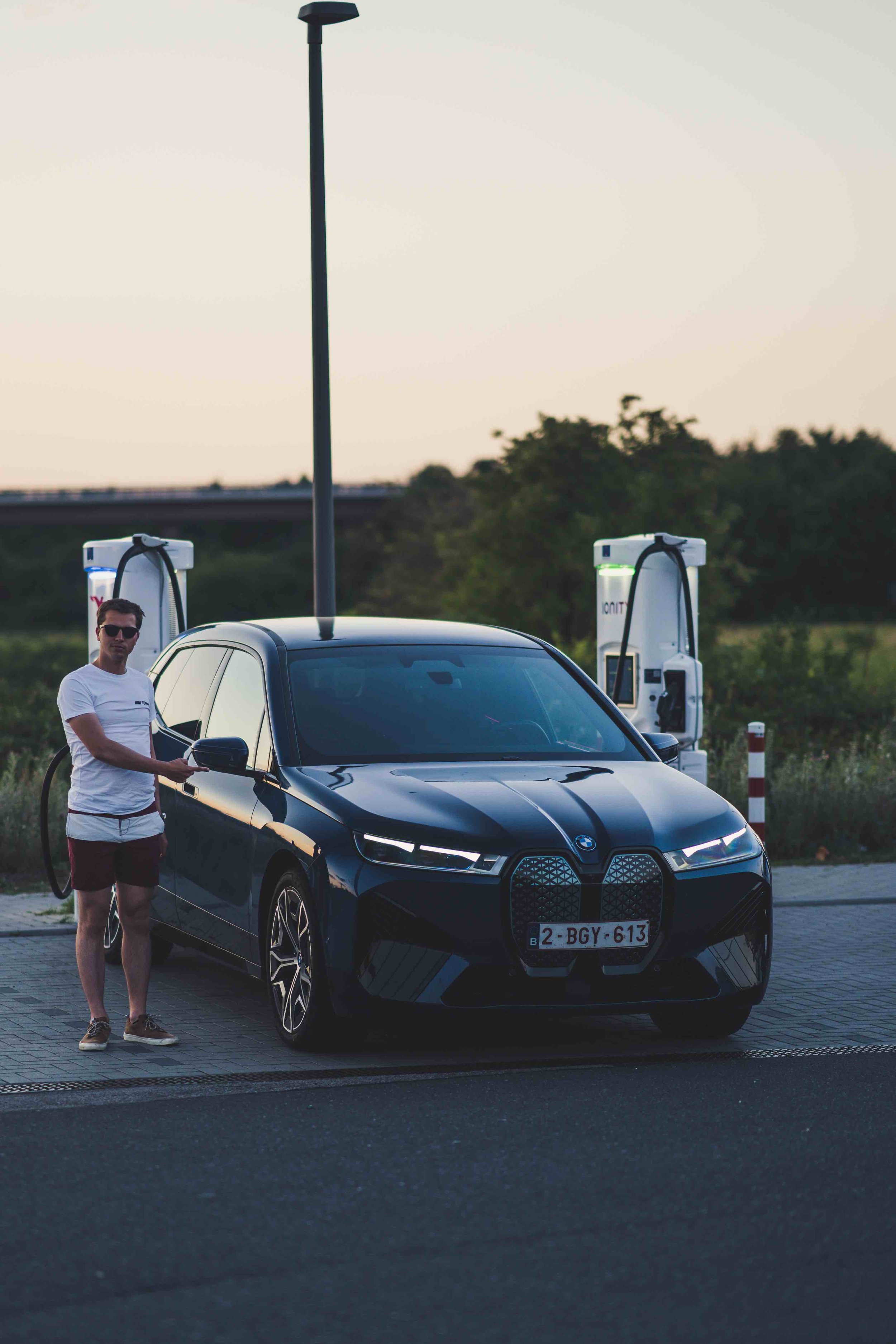5 Charging tips to go on holiday
So you’ve recently bought an electric car and you’re planning to go on a holiday with it this summer?
Well, we’ve got you covered. We recently took a BMW iX on an 800 km trip to Munich to find out the good and the bad about electrifying summer vacations.
1. Leave with a full charge.
Most of the time for daily driving, you’re going to want to keep the charge between 10 and 80 % as to protect the battery from early decay. However this means for the iX that instead of the 550 km of range you normally have, you’re driving around with around 440 km of range. Since you’re starting fresh, that extra 110 km can take you a little further and keep a little extra charge in hand for when a charger isn’t performing as intended or no charger is available. So make sure you plug the car in the night before and put the charging settings up to 100 %.
2. Plan your journey.
It seems obvious but planning your trip can save you a lot of time and stress. Apps or websites like Chargemap or ABetterRoutePlanner are great tools to plan out your trip, the navigation in the BMW iX is also very good at calculating the optimal route and it will even adapt its range according to the route you’re navigating. It’s great to check your trajectory, how many times you need to charge, and where you will need to charge. Places like Ionity, TotalEnergies or FastNed are very reliable in both working and providing the claimed charging speeds.
Places you should stay away from include Allego as in our experience over the last few years these chargers have been more out of service than when they’ve actually worked, and this proved to be the case once more on our trip.
3. Check your charging permissions
Depending on your charging card, you will or will not be able to charge with certain providers. It’s good to check your permissions with the provider of your card or get one or two extra cards from different providers as to make sure you’re not running into any walls when trying to charge somewhere.
Just make sure the extra cards you’re getting don’t have any subscription costs linked to them as those could rack up quite fast when having multiple cards. A few without subscriptions are Shell Recharge, Plugsurfing (requires a 9,95€ activation fee for your card) or Chargemap Pass (only needs a one time fee of 19,90€ for your charging pass and a charging guide).
The different cards come with different costs when starting or during charging so check which one is the cheapest for your own use.
4. Make sure to not run to the end of your range before you’re arriving at a charger
It’s no problem to get to a charger with only 3 km of range left, that is until you find out the charger is out of use and you're basically stranded on the side of the road. So that’s why it’s best to keep about 25-50 km in the back pocket so when you arrive at a charger that is out of use, or all chargers are currently in use by other people, you can go and look for another charger on the way. Speaking about chargers being in use, apps like Chargemap are able to give you info whether a charger is free or if someone’s using it. So, availability is also a good idea to check before you’re arriving at your planned charging stop.
5. Enjoy the charging stops
This may sound a bit weird but you’re on holiday, no need to get worked up with charging the car. Go out for some food, visit something in the area or bring something to entertain you and your occupants. Doing long distances with EV’s is far from a problem these days. The infrastructure is great and even though it does take a little more time, this also means that you’re not pushing yourself to drive on for hours (as we all like to do), and you’ll actually be feeling way more refreshed upon arrival.
So that’s our tips for making the best of your EV vacation. If you’re taking your EV on holiday, let us know how it went and most of all, enjoy your holidays!




